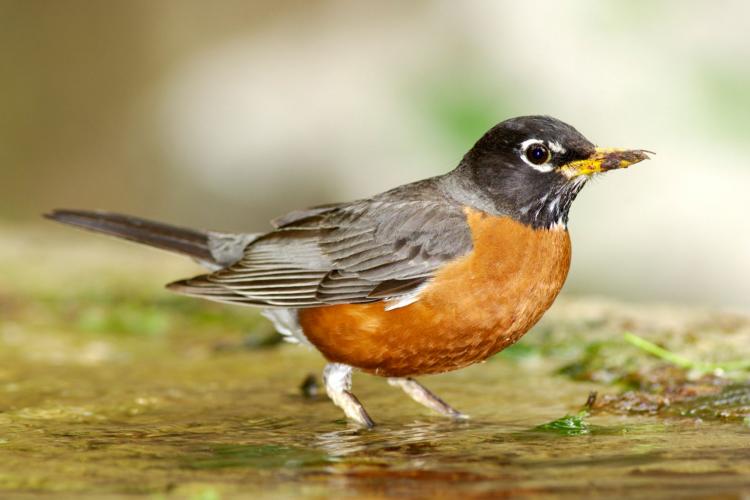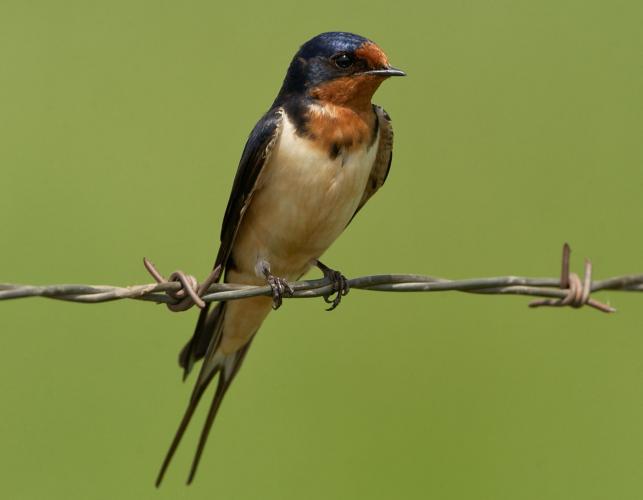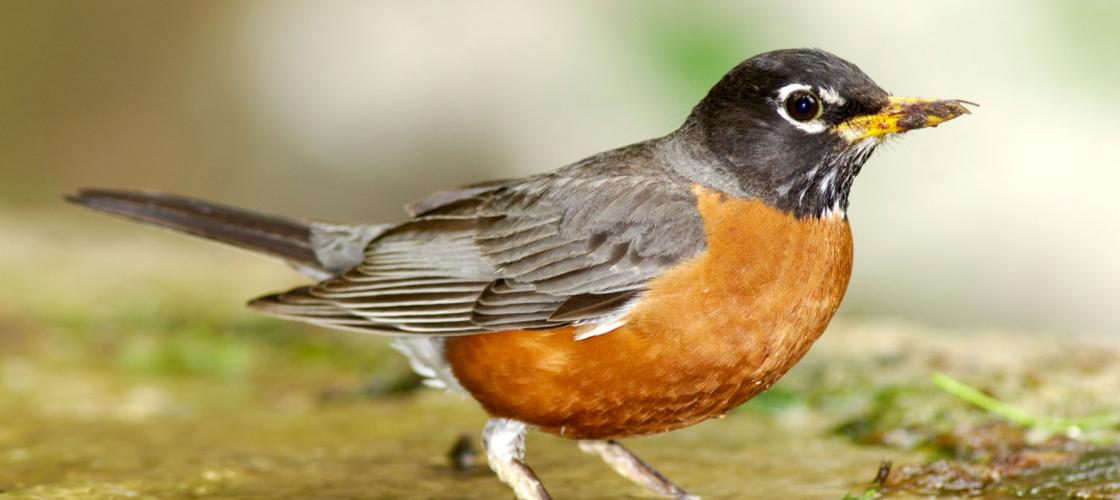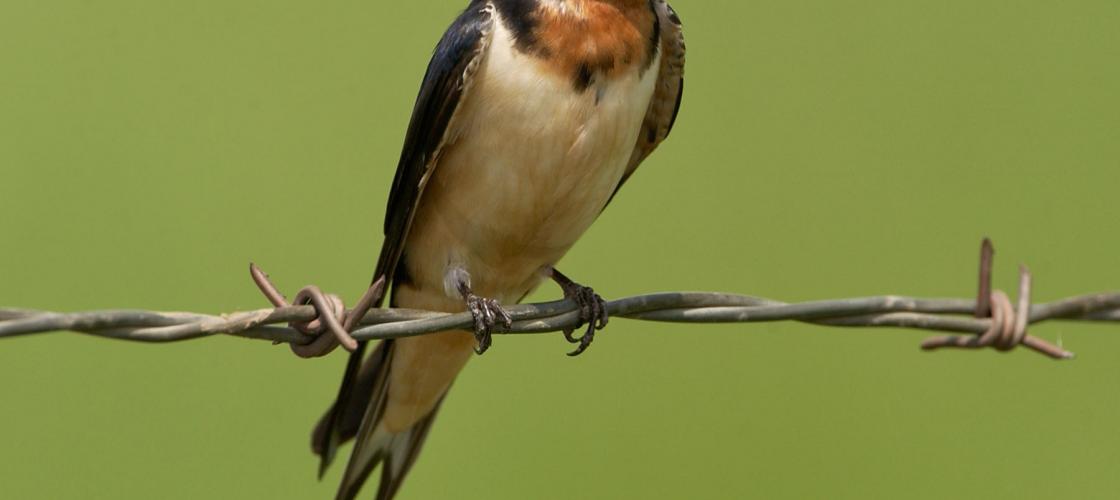No one knows if birds really sing for joy, but we do know birds have other good reasons for singing.
Bird song is a form of advertisement, sending two messages to other birds of the same species. One message is a form of courtship. The singing male tells females he is available. The other message warns other males to stay out of his nesting territory. Male birds fly about and sing from different perches in their territory to announce its boundaries. This keeps the area from being invaded by competitors and protects the food for his family.
Singing peaks during spring when birds pair off and claim territories. There is great variety among bird songs, from the red-winged blackbird’s trill to the robin’s melodious warbling. Even the noisy hammering of a woodpecker functions like a song. A common forest bird, the red-eyed vireo, may be the champion songster. A dedicated bird-watcher (who apparently had time on his hands) observed a red-eyed vireo singing 22,297 songs within a day.
So despite its beauty, bird song is serious business. Without song, most of our common birds could not reproduce.
More on Missouri’s Birds
- About 350 species of birds are likely to be seen in Missouri, though nearly 400 species have been recorded within our borders. There are about 10,000 species of birds in the world.
- As predators, birds control thousands of insect species—borers, beetles, caterpillars and more—many of which harm crops, gardens and trees or, like mosquitoes, transmit diseases.
- Birds are warm-blooded, and most species can fly. Many migrate hundreds or thousands of miles.
- Game birds—turkey, quail, doves, ducks, geese and others—provide sport and food for humans and are part of the $22 billion hunting industry.
- Did you know? Drastic declines and extinctions caused by unregulated hunting of birds for meat and of egrets for plumes in women’s hats helped spur the conservation movement in the late 1800s.




Recent Posts
























